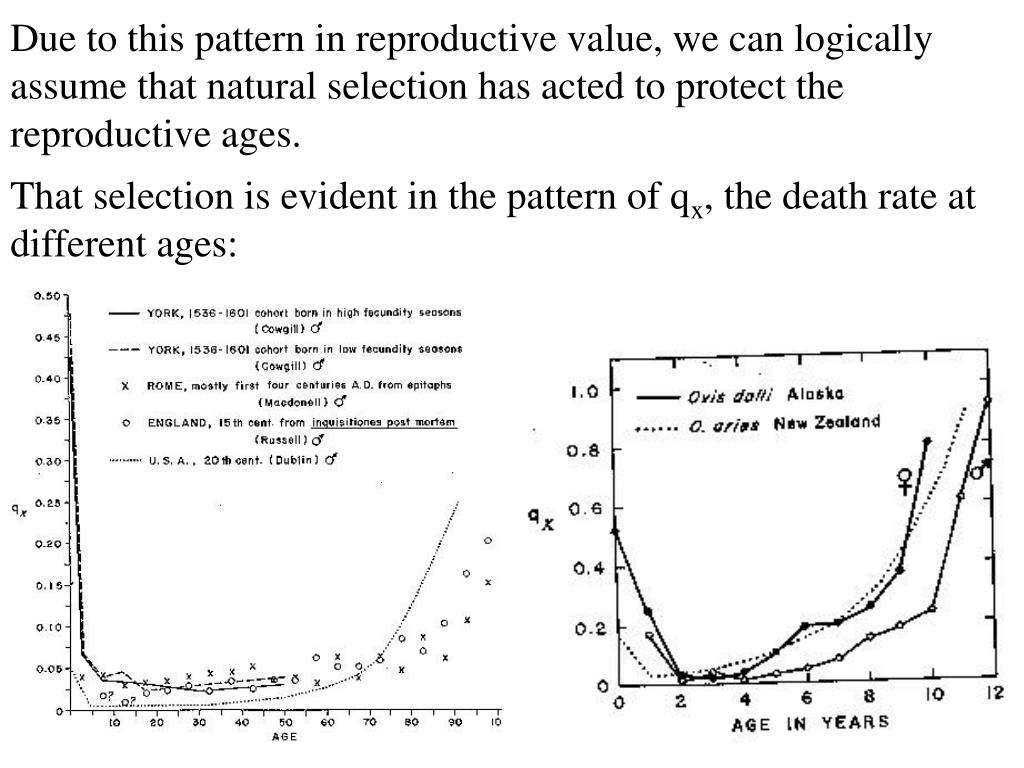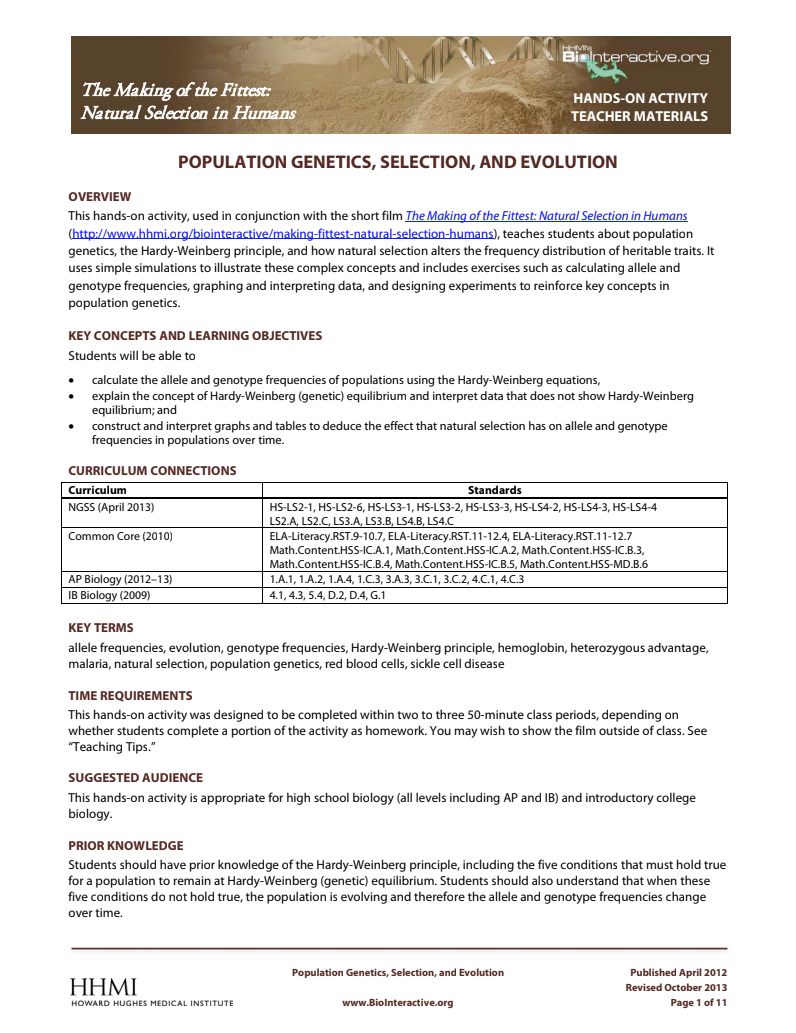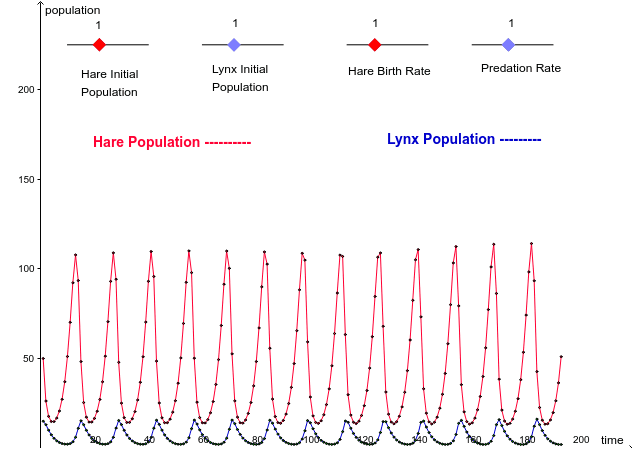
Getting an appreciation for why these types of formulas, which are fairly straightforward, they're using just a fancy Times 1000 bunnies, bunnies, I'll keep my units here, bunnies, and so this is going to be equal to, 1000 times a tenth is 100, we're in that color. Well in this situation, dN dt is going to be our perĬapita population growth rate, so it's going to 0.1 per year, times our population. Population growth rate? Pause this video and For this population of bunnies, what is going to be our Probability of reproducing, and the same likelihood, so we know that r is equal 0.1 per year. The same type of bunnies that have the same Numbers and someone said, hey, well, actually, weĬan think about this, let's think about now a Grow by this much on average, well, if you multiply the two, you'll know how much the If you say, okay, this is how many people, how many individuals I have, and if in a given year, they Population growth rate, times our population. We can rewrite this as dN dt is equal to our per capita And we're going to get dNĭt is equal to N times r, or r times N, let me rewrite it. Sides times our uppercase N, times our population. Manipulate this a little bit, to get another expression. Population with respect to time, dN dt, divided by our population, divided by our population. That is going to be equal to our population growth rate. The lowercase letter r, and then they would say that Now connecting it to the notation that you might see on anĪP Biology formula sheet, it would look like this, the per capita population growth rate is usually denoted by Per individual organism how much are they going to grow per year? So it gives you a sense of that. Growth rate interesting? Well, it tells us just how likely, and in most populations, you need at least a male and a female in order to reproduce, but there are some organisms that can just split and Which will get us to, 45 divided by 450 is 0.1, and then the units, bunniesĬancel with bunnies, so it's 0.1 per year. And that's going to be for every 450 bunnies. Per the number of people, or number of bunnies, I should say, is going to be equal to, our population growth rate is 45 bunnies, bunnies per year. So what is going to be our per capita population growth rate? Pause this video and Now, let's say that we haveĪ population of 300 bunnies. Population growth rate, growth rate, divided by, divided by our population. Well, one way you could think about it, is the total population growth rate, divided by the population, divided by the number of people there are. Rate per individual? What is that going to be? Pause this video and Now per capita means you could view it as on average per individual. So, here we're going to think about a per capita growth rate, or population growth rate. Going to think about is something known as a per capita growth rate of population. So this right over here is something that you would see on that formula sheet, but it makes fairly intuitive sense. I probably would have, but that's fine, I'm just trying to make you familiar with what you might see. Rate, 60 bunnies per year, and the notation they useįor birth rate is just B. But your population growth rate, which you could use this notation for, is equal to your birth This is really talkingĪbout something in calculus known as instantaneous change, but we don't have to get too bogged down with that just yet. Just write it over here, they say N is equal to your population, N is equal to population, and then your population growth rate, they use calculus notation. Population growth rate, they use a fancy notation, so actually, let me And to put that in the language of your AP Biology formula sheet, the notation they use for

And you would expect 15 bunnies to die, so that would take awayįrom the population, for a net increase of 49 bunnies per year. Rate is 60 bunnies per year, we're talking about bunnies here, it's a population of bunnies, and the death rate is 15 bunnies per year, well, what's the population growth rate? Well, in a given year, you would expect 60 bunnies to be born, so that would add to the population.

So just as a little bit of review, we looked at an example where, in a population, the birth

Really are just intuition using a little bit of fancy math notation. Now we're going toĮxtend that conversation to discuss some of the otherįormulas you might see, but to realize that they Like population growth rate and how it relates to the birth rate and the death rate within a population, and we related that to some of the seemingly complex formulas that you might see on anĪP Biology formula sheet. In a previous video, we started thinking about things


 0 kommentar(er)
0 kommentar(er)
